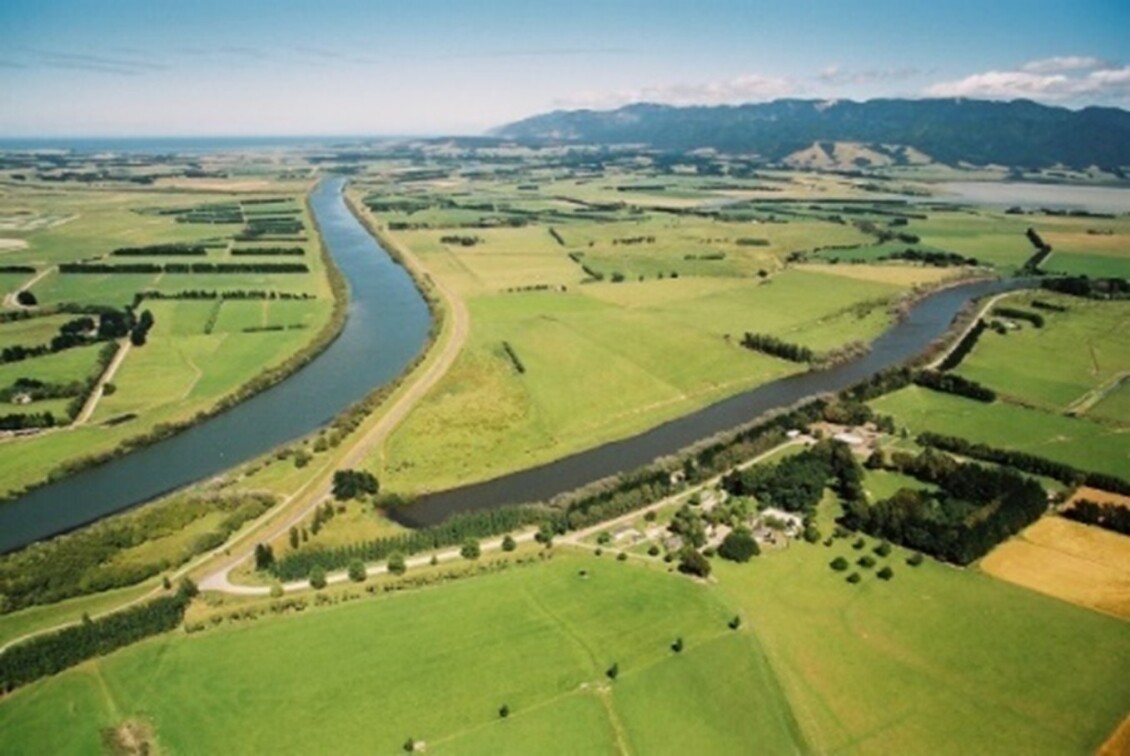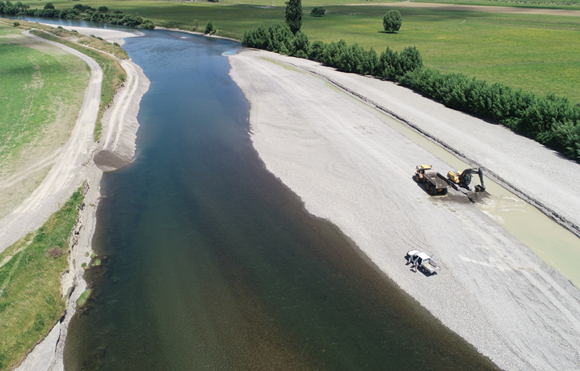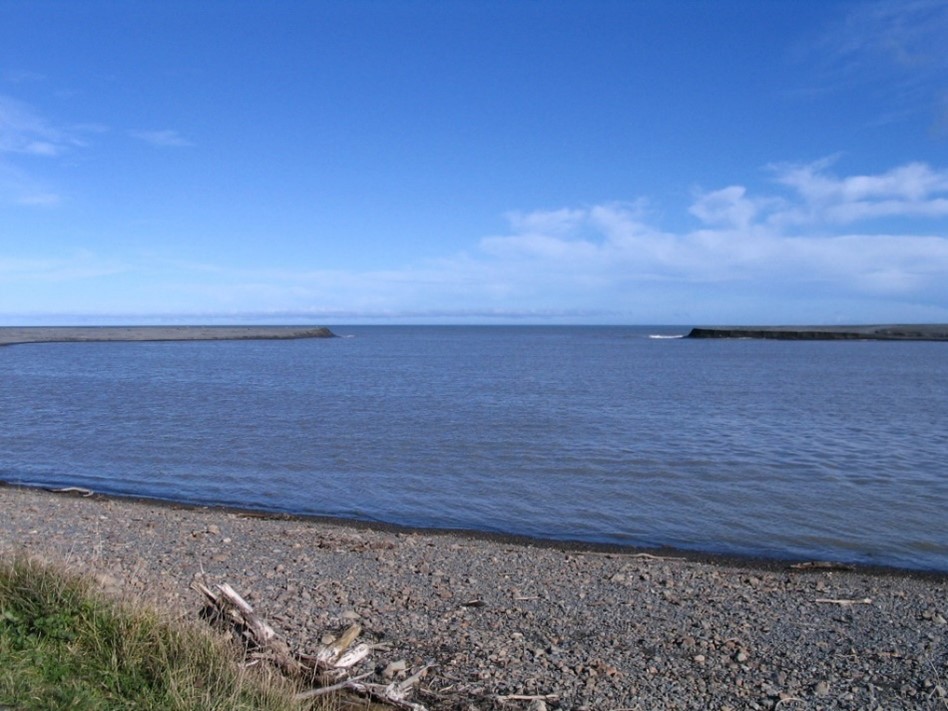Our work in the Lower Ruamāhanga Valley
Greater Wellington is actively providing flood protection work in the region, which includes building and maintaining stopbanks, providing flood ways and drainage, opening of Lake Ōnoke, using the barrage gates to manage flow, keeping river channel clear of blockages and stabilising land through planting efforts.
In the 1960’s a comprehensive land development and flood control scheme for the whole district was implemented, via river diversion, defined flood way paths, barrage gates and drainage outlets. The ability to maintain an efficient, lasting outlet from Lake Ōnoke to the sea has been critical for flood prevention in the Lower Wairarapa Valley, as have flood paths to contain and direct overflow from the Ruamāhanga river to Lake Wairarapa. The implementation of the scheme has had a significant impact on environmental and social issues in the region.
The total catchment area protects over 41,000 hectares, including agricultural land, homes and businesses.


Ongoing Maintenance
Our flood protection infrastructure may be affected in the years to come by climate change, sea level rise, sinking ground or seismic activity causing ground level rise and possible liquefaction of barrage gate foundations, as well as sediment and gravel deposits in the rivers, lakes and at the Lake Ōnoke mouth.
One of the tools in river management is extracting or moving sand and gravel deposits, to adjust the flow of rivers to reduce the effects of erosion and flooding. GW only undertake extraction for river management purposes, and not to support commercial enterprise.
We mainly use diggers and trucks when working in the river corridor, although sometimes a bulldozer may be used. Gravel bars create flood risk, especially when the outlet from Lake Ōnoke to the sea blocks up.
Water levels at Lake Ōnoke, the barrage gates, Lake Wairarapa and the rivers across the Lower Valley are constantly monitored.
We only use engineering methods in the rivers when absolutely necessary, doing our best to limit work outside of the water and to minimise impact to the natural environment.


Following Budget 2024, Greater Wellington and MBIE’s Regional Economic Development and Investment Unit, Kānoa, have agreed to co-fund 16 flood resilience projects as part of a nationwide initiative. The programme spans 16 sites across Wairarapa and Ōtaki and are critical in future proofing community, infrastructure, cultural taonga and the economy, following a major flooding event. Find out more.
Get in touch
- Phone:
- 0800496734
- Email:
- info@gw.govt.nz




